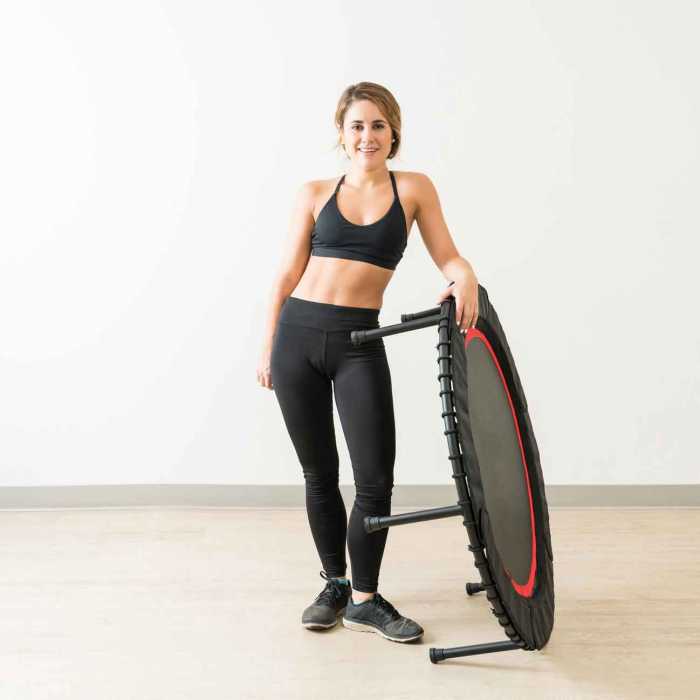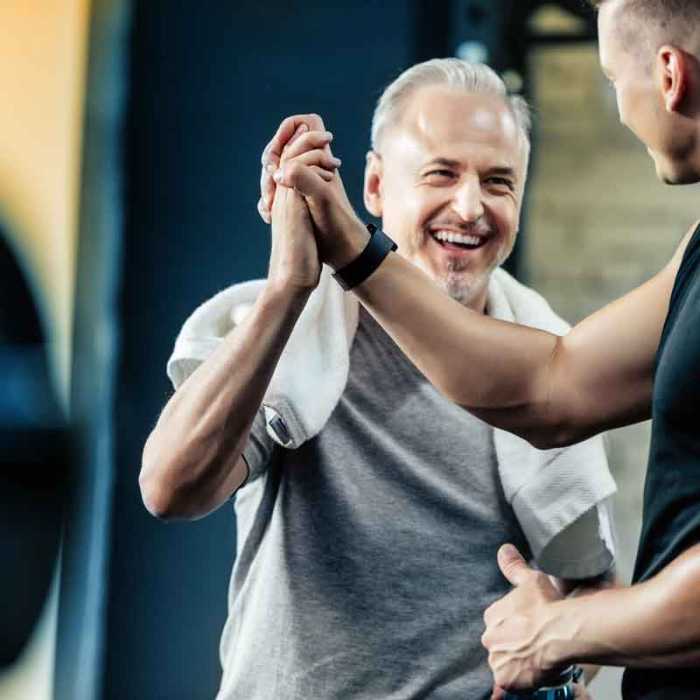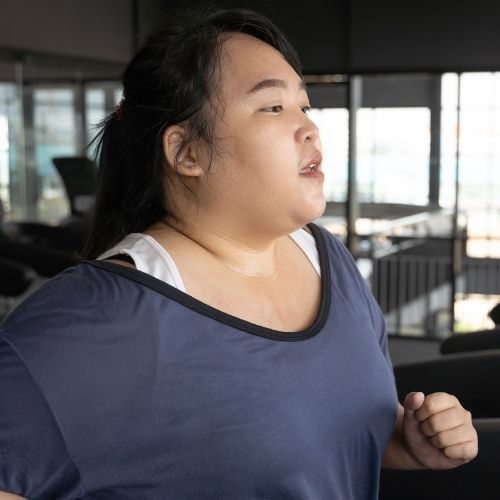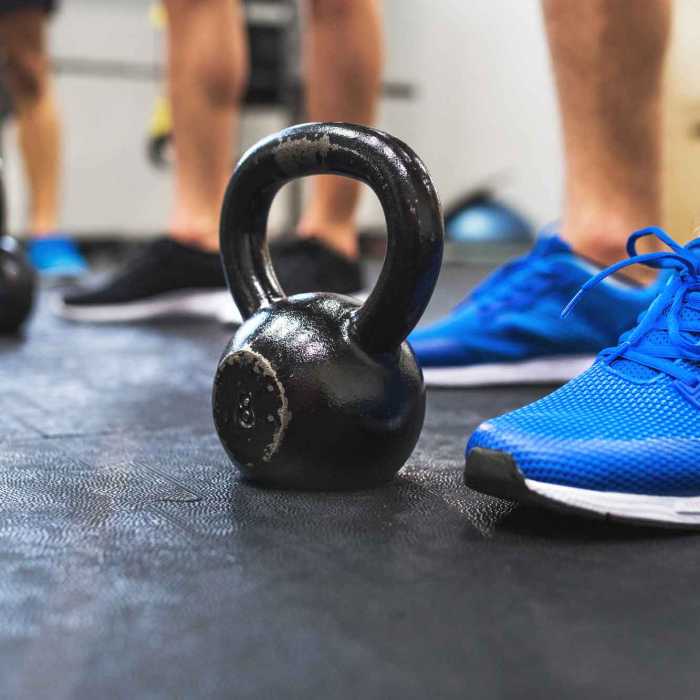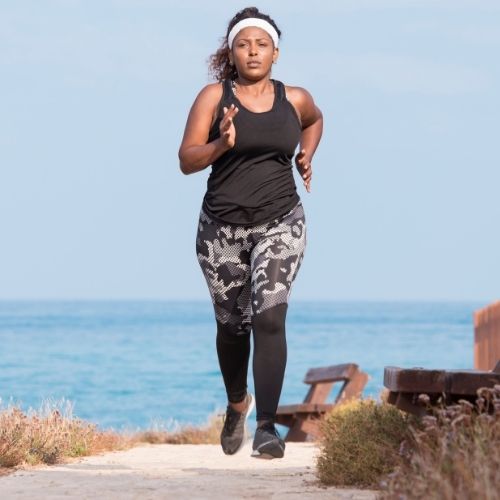What is Lateral Flexion?
Online Glossary / Quick Reference
Side bending at the trunk.
About Lateral Flexion
Lateral flexion, also known as side bending, is the movement of bending the trunk sideways, away from the midline of the body. This movement primarily engages the muscles of the spine and the oblique muscles, contributing to trunk flexibility and stability. Lateral flexion is an essential component of various daily activities and exercises, helping to maintain spinal health and functional movement.
Muscles Involved in Lateral Flexion
- Obliques: The internal and external oblique muscles are primarily responsible for lateral flexion. These muscles are located on the sides of the abdomen and help in bending the trunk sideways.
- Erector Spinae: The erector spinae muscles run along the spine and assist in maintaining posture and controlling lateral flexion.
- Quadratus Lumborum: This deep muscle of the lower back plays a significant role in lateral flexion, stabilizing the pelvis and the lower spine.
- Intertransversarii: These small muscles located between the transverse processes of the vertebrae contribute to lateral bending and stabilizing the spine.
Benefits of Lateral Flexion
- Improved Flexibility: Regular practice of lateral flexion exercises enhances the flexibility of the spine and the surrounding muscles, promoting overall spinal health.
- Core Strength: Engaging the oblique muscles and other trunk stabilizers during lateral flexion strengthens the core, improving stability and reducing the risk of back injuries.
- Functional Movement: Lateral flexion is a fundamental movement used in various daily activities, such as reaching sideways or bending to pick up objects, making it essential for functional fitness.
- Postural Correction: Strengthening the muscles involved in lateral flexion helps maintain proper posture and align the spine, preventing postural imbalances.
Examples of Lateral Flexion Exercises
- Standing Side Bend: Stand with feet shoulder-width apart and hands on hips. Slowly bend to one side, reaching the opposite hand over the head. Return to the starting position and repeat on the other side.
- Seated Side Bend: Sit on the floor with legs crossed. Place one hand on the floor beside you and reach the opposite hand over your head, bending sideways. Repeat on the other side.
- Side Plank with Hip Dip: In a side plank position, lower your hips towards the floor and then lift them back up, engaging the obliques throughout the movement.
- Dumbbell Side Bend: Hold a dumbbell in one hand and stand with feet shoulder-width apart. Slowly bend sideways towards the dumbbell, then return to the upright position. Repeat on the other side.
Common Mistakes to Avoid
- Excessive Bending: Avoid bending too far to prevent strain on the spine and muscles. Focus on controlled movements within a comfortable range of motion.
- Twisting the Trunk: Ensure that the movement is purely lateral without twisting the trunk. Twisting can place undue stress on the spine.
- Neglecting Balance: Perform lateral flexion exercises on both sides to maintain muscular balance and prevent asymmetries.
- Improper Breathing: Maintain proper breathing patterns during exercises, exhaling during the bending phase and inhaling while returning to the starting position.
Incorporating lateral flexion exercises into your fitness routine can improve spinal flexibility, enhance core strength, and contribute to better functional movement and posture. Whether performed as part of a warm-up, cool-down, or core workout, lateral flexion plays a vital role in maintaining overall spinal health and mobility.



